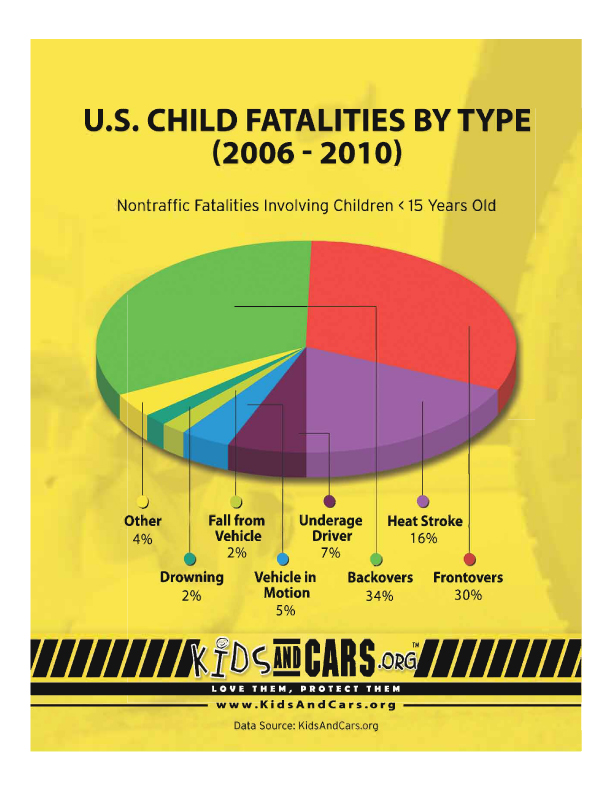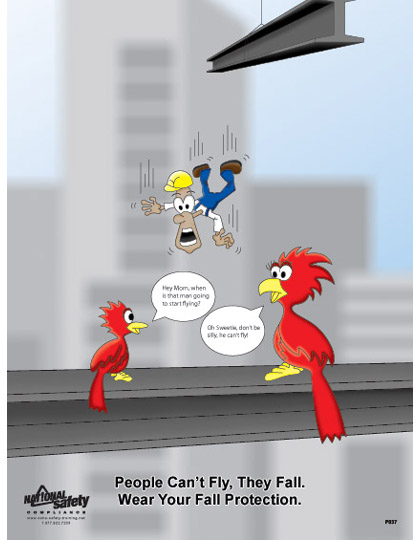How often have you read that on a medicine bottle or box – do not operate machinery while taking this medication? The only type of machinery I think I would not want to operate if under the influence of a strong medicine would be my car. Of course, if you think about it, there’s lots of small machinery in my kitchen, mixer, blender, food processor, stove, etc. But that’s really not the kind of machinery we’re talking about today.
OSHA has standards that address every kind of possible scenario where an employee could be injured. Moving machine parts have the potential to cause severe workplace injuries, such as crushed fingers or hands, amputations, burns, or blindness. Safeguards are essential for protecting workers from these preventable injuries. Any machine part, function, or process that could cause injury must be safeguarded, by lock-out tagout procedures, and the correct kind of safety PPE equipment. When the operation of a machine or accidental contact injures the operator or others in the area, the hazards must be eliminated or controlled.
Workplace amputations can be prevented by reviewing workplace operations and identifying hazards associated with the use and care of machines. A hazard analysis is a technique that focuses on the relationship between the employee, the task, tools, and the environment. The entire machine operation production process, machine modes of operation, individual activities associated with the operation, servicing, and maintenance, as well as the potential for injury to employees, must be considered. This analysis may then be used as a basis to design machine safeguarding and an overall energy control (lockout/tagout) program.
Machine guarding is required whenever an employee is exposed to or has access to a hazard created by a pinch point. Guards must be designed and installed so that they do not present a hazard in itself. All guarding systems are required to be installed in a manner that prevents access to the hazardous area by reaching over, under, around, or through the guarding. Guards should be secured to a machine with fasteners that require the use of tools for their removal. Always pay attention to danger and caution signs regarding machine lockout.
Under the Fair Labor Standards Act (FLSA), the Secretary of Labor has designated certain nonfarm jobs as particularly hazardous for employees younger than 18. Generally, these employees are prohibited from operating:
- Band saws;
- Circular saws;
- Guillotine shears;
- Punching and shearing machines;
- Meatpacking or meat-processing machines;
- Paper products machines;
- Woodworking machines,
- Metal forming machines; and
- Meat slicers.
Any type of moving machinery must be respected and workers should have the proper training before operating them. Servicing and maintenance activities are important issues that require all safety precautions be followed.
Source: OSHA


